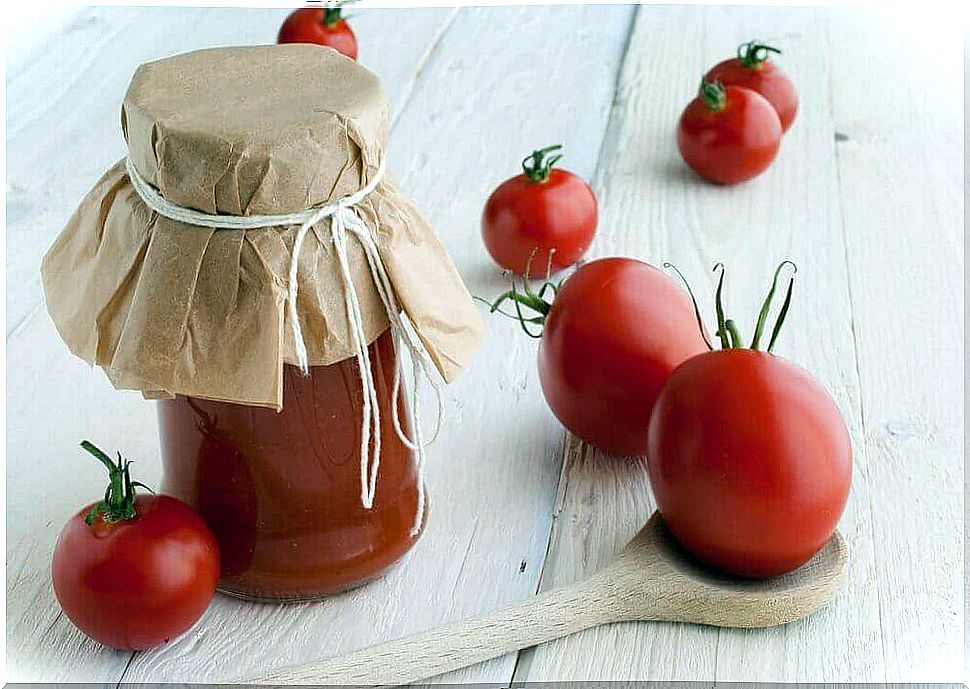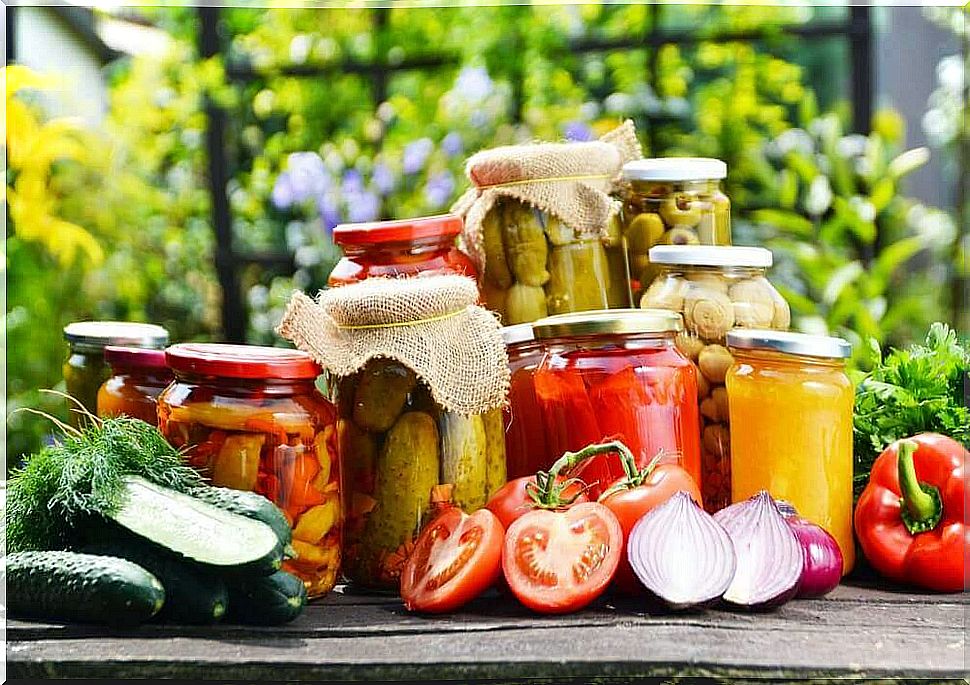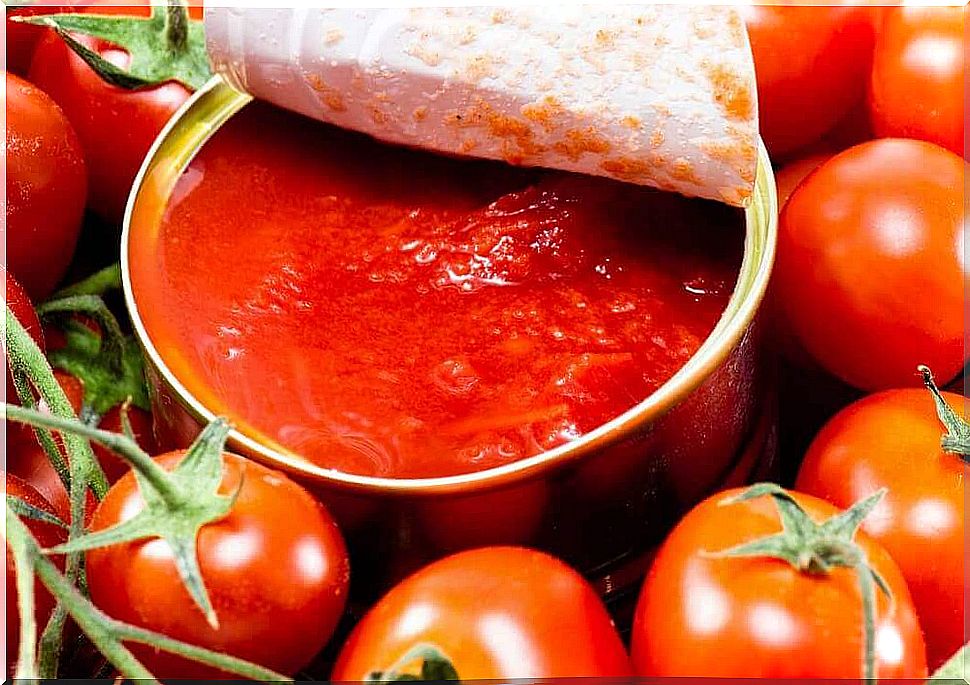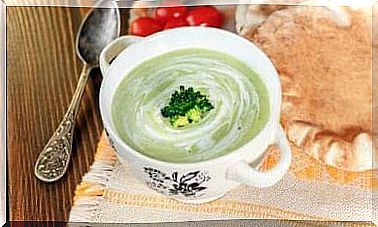Tomato Canning In A Jar With Home Cooking

In this article, we will tell you how to preserve tomatoes at home. The process is really simple, so you should immediately switch your store products to homemade and healthier ones!
Tomato is a popular food all over the world and is available in sauces, pastes as well as ketchup. Tomato is a real basic ingredient that is used in thousands of different recipes. Rarely, however, do you enjoy a self-preserved tomato, but it’s definitely worth it – keep reading and you’ll find out how this works out!
Why canning tomatoes themselves is a better choice than canned foods?

Tomato pastes, canned tomatoes and various canned tomatoes are, of course, good side dishes to a wide variety of dishes. They can also often be stored for really long periods of time and kept conveniently available in kitchen cabinets.
However, if you buy tomatoes preserved, it may contain preservatives. These, of course, guarantee long shelf life, but they are not good for health. So you should learn how to store tomatoes at home so you can enjoy healthy tomatoes at any time.
How is the tomato preserved itself?

Many people think that preserving tomatoes is difficult or that the products available in the store are better, but in fact, preserving them at home is very easy. In all its simplicity, the process goes as follows:
- Cook the tomatoes in plenty of water in a large saucepan for a couple of minutes. The goal is to soften the tomato peel to make peeling easier. An X-incision should be made in the stem of the tomato before cooking, which will make the peel come off even more easily.
- After cooking the tomatoes for about two minutes (ripe tomatoes take less time), take them out of the water. Then put them in a bowl of cold water to stop the ripening process and pull the peel off the tomatoes. One good way to make this more effective is to add ice cubes to the water. Let the tomatoes cool.
- You do not need to remove seeds or any other parts. Cut the peeled tomatoes into four pieces and place these pieces in a glass jar with a lid. Fill the jar up. You can press the tomatoes down a bit to make the jar fit more.
- Once all the tomatoes are in the jar, fill it with water almost all the way up, and add a teaspoon of salt and a teaspoon of sugar. In addition to giving the tomatoes this flavor, this will help them last longer.
- Wipe the edge of the jar clean and then close the jar properly. It is best to use jars especially for preservation with a rubber ring around the rim to make sure the jar is tight.
- After closing the jar, place it in a boiler with boiling water. The boiler should be large enough to hold the jar well and become completely covered in water.
- When the jar is completely under water, leave it in boiling water for 45 minutes.
- Take the jar out of the water.
- Keep the jar at room temperature in a place out of direct sunlight. Now you have tasty canned tomatoes that are usable all year long.
Why is tomato preservation a good choice for health?

Preserving food in a glass jar – whether chopped or otherwise modified – has always been the best way to keep fresh produce usable for a long time. Whether it’s tomatoes, peppers, olives, or other similar products, there are many reasons for canning. Key benefits include:
- Glass is a hygienic storage material.
- It keeps the taste good.
- Glass does not allow oxygen or other gases to enter the products, and it is virtually impossible for food to oxidize or otherwise be damaged during storage.
- Glass is a heat and cold resistant material, so it allows many types of food to be preserved.
- It is an easy material for both food storage and use.
- There is no concern about microorganisms getting into the food, so they cannot damage the ingredients.
- The glass retains the aroma and freshness of the food.









